Tokay Gecko
- March 7, 2024
- 0 comment
The Tokay gecko, scientifically known as Gekko gecko, is a captivating reptile species renowned for its vibrant coloration, distinctive vocalizations, and remarkable climbing abilities. Native to various regions across Southeast Asia, including countries like Thailand, Vietnam, Malaysia, and Indonesia, these geckos inhabit a diverse range of environments, from tropical rainforests and grasslands to urban areas. They typically grow to be 8 to 14 inches in length, with males generally larger than females, and exhibit striking blue, orange, and red hues interspersed with darker spots or bands.

One of the most distinctive aspects of Tokay geckos is their loud and territorial vocalizations, often characterized by a series of “tokay” calls. Nocturnal hunters, they prey primarily on insects, arachnids, and small vertebrates, using their keen senses of sight and smell to locate prey. Tokay geckos engage in elaborate courtship rituals during the breeding season, with females laying clutches of two to four eggs in secluded locations. Despite their beauty and cultural significance, Tokay geckos face various threats, including habitat destruction, illegal wildlife trade, and persecution by humans.
Conservation efforts focus on habitat preservation, captive breeding programs, and raising awareness about the importance of protecting these unique reptiles.
| Aspect | Details |
|---|---|
| Scientific Name | Gekko gecko |
| Size | 8 to 14 inches in length |
| Weight | 150 to 300 grams |
| Coloration | Vibrant blue, orange, and red hues with darker spots or bands |
| Habitat | Tropical rainforests, grasslands, urban areas |
| Distribution | Southeast Asia, including Thailand, Vietnam, Malaysia, Indonesia |
| Diet | Insects, arachnids, small vertebrates |
| Behavior | Nocturnal, territorial vocalizations, aggressive towards intruders |
| Reproduction | Clutches of two to four eggs laid in secluded locations, incubation period around two months |
| Lifespan | 10 to 15 years in captivity |
| Conservation Status | Not currently listed as endangered, but face threats from habitat loss and illegal trade |
The Tokay gecko, scientifically known as Gekko gecko, is a fascinating reptile species belonging to the Gekkonidae family. Renowned for its vibrant coloration, distinctive vocalizations, and remarkable climbing abilities, the Tokay gecko has captured the interest of reptile enthusiasts and researchers alike.
Physical Characteristics
Size and Weight
The Tokay Gecko typically ranges in size from 8 to 14 inches in length. Males tend to be larger than females, with some individuals reaching lengths of up to 14 inches. In terms of weight, Tokay Geckos can weigh anywhere between 150 to 300 grams, depending on factors such as age, health, and diet.
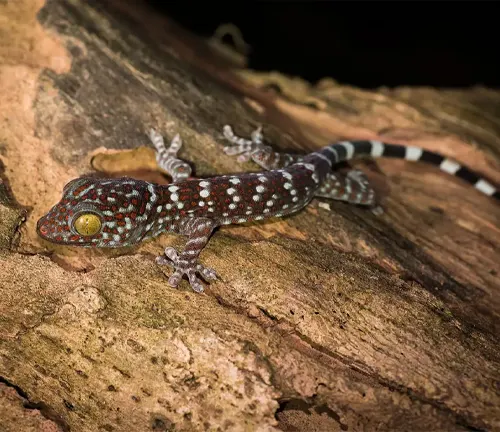

Coloration
One of the most distinctive characteristics of the Tokay Gecko is its vibrant and striking coloration. These geckos exhibit a wide range of colors, including shades of blue, orange, red, and gray. The body is often adorned with dark spots or bands, creating a pattern that provides excellent camouflage in their natural habitat. The intensity of coloration may vary among individuals and can be influenced by factors such as environmental conditions and mood.
Unique Features
Tokay Geckos possess several unique features that set them apart from other gecko species. One notable feature is their large, lidless eyes with vertical pupils, which provide excellent night vision and contribute to their nocturnal hunting behavior. Another distinctive characteristic is their adhesive toe pads, covered in microscopic hairs called setae, which enable them to climb vertical surfaces with ease. Additionally, Tokay Geckos are known for their loud and territorial vocalizations, often characterized by a series of “tokay” calls, which serve as communication signals for establishing territory, attracting mates, and warning off potential threats. These unique features make the Tokay Gecko a fascinating and captivating species to observe and study in their natural habitat or captivity.
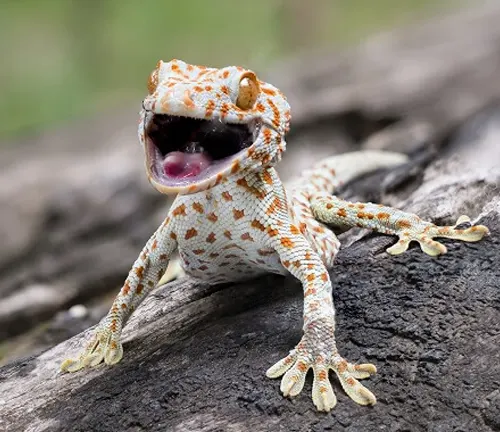
Habitat and Distribution
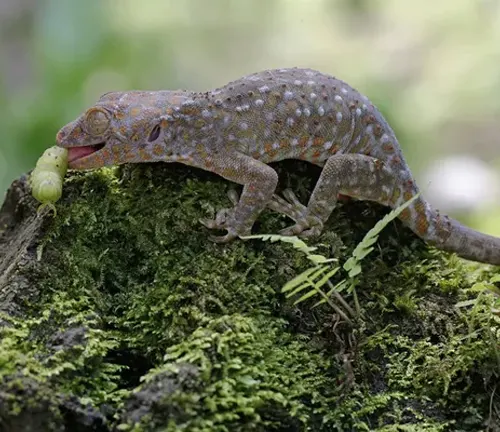
Habitat
Tokay Geckos are adaptable reptiles that inhabit a diverse range of environments, primarily found in tropical and subtropical regions of Southeast Asia. They are commonly found in various habitats, including tropical rainforests, dry forests, grasslands, agricultural areas, and urban environments. Within these habitats, Tokay Geckos can be found dwelling in trees, rock crevices, caves, and human structures such as houses, barns, and walls. They are nocturnal creatures, spending the majority of their time hiding during the day and becoming active at night to hunt for food.
Distribution
The natural distribution of the Tokay Gecko spans across several countries in Southeast Asia, including Thailand, Vietnam, Malaysia, Indonesia, Myanmar, Laos, Cambodia, and the Philippines. Within these countries, Tokay Geckos can be found in both mainland and island regions, occupying a wide range of ecosystems and geographical landscapes. Due to their adaptability and tolerance to human-altered environments, Tokay Geckos have successfully established populations in urban areas, where they often inhabit buildings, gardens, and other human structures. Despite their widespread distribution, Tokay Geckos may face threats such as habitat loss, illegal wildlife trade, and persecution in certain regions, highlighting the importance of conservation efforts to protect their populations and habitats.
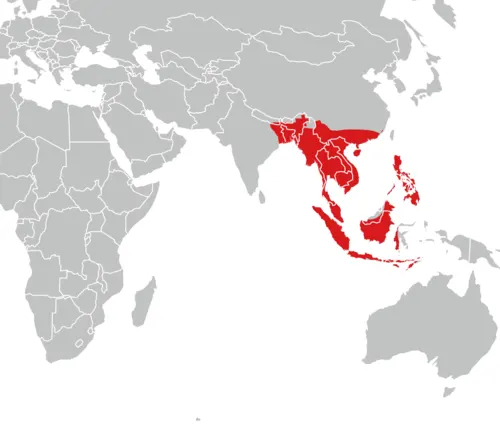
Behavior and Lifestyle
Nocturnal Habits
The Tokay Gecko is primarily nocturnal, meaning it is most active during the night and rests during the day. This behavior allows the gecko to avoid the intense heat and sunlight of the daytime, as well as potential predators. At night, Tokay Geckos emerge from their hiding spots to hunt for food, using their keen senses of sight and smell to locate prey such as insects, spiders, and small vertebrates. Their nocturnal habits also help them conserve energy, as they can rest and conserve body heat during the cooler nighttime temperatures.

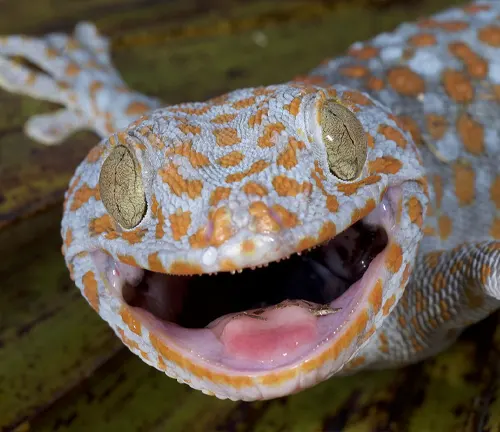
Vocalizations
One of the most distinctive features of the Tokay Gecko is its loud and territorial vocalizations. Tokay Geckos are known for their characteristic “tokay” call, which consists of a series of repeated “tokay” or “gecko” sounds. These vocalizations serve multiple purposes, including communication with other geckos, establishment of territory, warning of potential threats, and attraction of mates. The calls of Tokay Geckos can be heard echoing through the night in their natural habitats, making them a prominent feature of the nocturnal soundscape.
Territorial Behavior
okay Geckos are territorial creatures and exhibit aggressive behavior towards intruders within their territory. They use various methods to establish and defend their territory, including vocalizations, body language, and scent marking. When threatened or confronted by other geckos, Tokay Geckos may engage in physical combat, biting, tail whipping, or vocalizing to assert dominance and protect their territory. Territorial disputes are common among Tokay Geckos, particularly during the breeding season when competition for mates and resources is heightened. Understanding their territorial behavior is essential for keeping Tokay Geckos in captivity and managing their social interactions effectively.

Diet and Feeding Habits
Diet
Tokay Geckos are carnivorous reptiles, meaning they primarily feed on other animals. In the wild, their diet consists of a variety of prey items, including insects, arachnids, small vertebrates, and occasionally small birds or reptiles. Common prey items for Tokay Geckos include crickets, cockroaches, mealworms, waxworms, grasshoppers, moths, spiders, and small lizards.
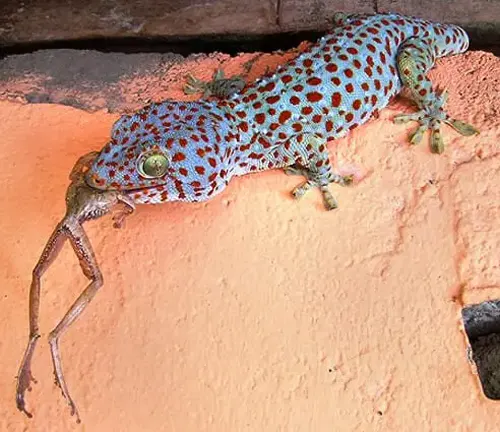
Feeding Habits
Tokay Geckos are nocturnal hunters, meaning they are most active during the night when their prey is also active. They use their keen senses of sight, smell, and motion detection to locate and capture prey. Tokay Geckos are ambush predators, meaning they typically wait in hiding until prey comes within striking distance, then use their lightning-fast reflexes to capture it with a quick lunge of their jaws. They may also actively stalk prey, slowly creeping up on it before launching a sudden attack.
Reproduction
Mating Behavior
During the breeding season, which typically occurs during the warmer months of the year, male Tokay Geckos become more active and aggressive in their pursuit of mating opportunities. Male geckos may engage in elaborate courtship rituals to attract females, which can include vocalizations, head-bobbing displays, and physical interactions. These courtship displays serve to establish dominance and communicate the male’s intentions to the female.
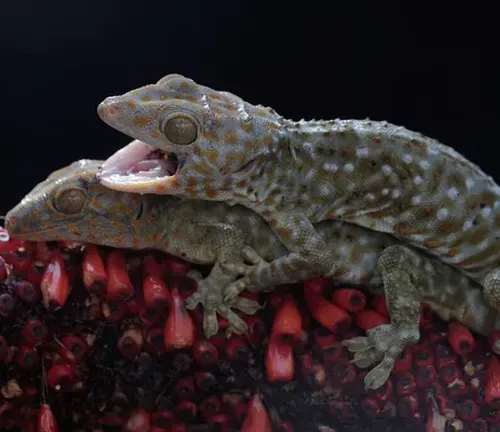
Once a male successfully courts a female, copulation occurs, during which the male transfers sperm to the female’s reproductive tract. Tokay Geckos are oviparous, meaning they lay eggs rather than giving birth to live young. After mating, the female Tokay Gecko will begin to develop eggs, which she will eventually lay in a suitable nesting site.

Egg Laying and Incubation
Female Tokay Geckos typically lay their eggs in secluded locations, such as tree hollows, rock crevices, or underground burrows. The female will dig a shallow nest in the substrate using her hind legs and deposit a clutch of eggs, usually consisting of two to four eggs, depending on factors such as age, size, and health.
Once the eggs are laid, the female Tokay Gecko will cover them with substrate or other materials to protect them from predators and maintain optimal humidity levels. The eggs are then left to incubate for a period of approximately two months, during which time the temperature and humidity levels play a crucial role in the development of the embryos.
Interaction with Humans
Tokay geckos have a complex relationship with humans, often being admired for their beauty and unique characteristics but also facing various threats due to habitat destruction, illegal wildlife trade, and cultural practices.
Captivity and Trade
Tokay Geckos are popular in the exotic pet trade due to their striking appearance and unique characteristics. They are sought after by reptile enthusiasts and collectors worldwide, leading to a demand for wild-caught specimens. However, the unregulated capture and trade of wild Tokay Geckos can have detrimental effects on wild populations, contributing to habitat loss, population declines, and ecosystem imbalances.
In captivity, Tokay Geckos require specialized care and housing to meet their specific environmental and dietary needs. Enclosures should be spacious with climbing structures, hiding spots, and proper temperature and humidity levels to replicate their natural habitat. Providing a varied diet of live feeder insects and supplementation with calcium and vitamins is essential for their health and wellbeing.
Cultural Significance
In some cultures, Tokay Geckos hold cultural significance and are associated with various beliefs, superstitions, and traditions. In certain regions of Southeast Asia, Tokay Geckos are believed to possess supernatural powers or medicinal properties and are used in traditional medicine or rituals. For example, in parts of Thailand, Tokay Geckos are thought to bring good luck and prosperity and are often kept in homes as protective charms or symbols of fortune.
Additionally, Tokay Geckos may appear in folklore, legends, and mythology in different cultures, symbolizing qualities such as strength, resilience, and adaptability. Their distinctive vocalizations and vibrant coloration have also inspired artistic expressions, including literature, music, and visual arts, further contributing to their cultural significance.
Conservation Status
The conservation status of the Tokay Gecko varies depending on its geographic location and local populations. While the Tokay Gecko is not currently listed as endangered, certain regions have experienced declines in wild populations due to habitat loss, fragmentation, and degradation. Additionally, the illegal wildlife trade poses a significant threat to Tokay Geckos, particularly in areas where they are harvested for the exotic pet trade or traditional medicine markets.
Conservation efforts for the Tokay Gecko focus on habitat preservation, restoration, and management to safeguard essential habitats and ensure the long-term survival of wild populations. Initiatives such as protected areas, habitat corridors, and community-based conservation projects aim to mitigate threats and promote coexistence between humans and geckos.
Threats and Conservation Efforts
Threats
The Tokay Gecko faces various threats to its survival, primarily due to human activities and habitat alterations. Some of the significant threats include:
- Habitat Loss and Fragmentation: Deforestation, urbanization, and agricultural expansion result in the loss and fragmentation of the Tokay Gecko’s natural habitat. Destruction of forests and conversion of land for development reduces the available habitat and disrupts ecological connectivity, making it challenging for gecko populations to thrive.
- Illegal Wildlife Trade: The Tokay Gecko is often targeted for the illegal wildlife trade, driven by demand for exotic pets, traditional medicine, and cultural artifacts. Overexploitation through poaching and trafficking for international markets poses a significant threat to wild populations, leading to population declines and ecological imbalances.
- Climate Change: Climate change affects Tokay Gecko populations by altering temperature and precipitation patterns, disrupting natural habitats, and impacting food availability. Changes in climate conditions can exacerbate habitat loss, increase the frequency of extreme weather events, and contribute to habitat degradation, threatening the survival of gecko populations.
- Pollution: Pollution from agricultural runoff, urbanization, and industrial activities contaminates water sources and degrades habitat quality for Tokay Geckos. Chemical pollutants, such as pesticides and herbicides, can accumulate in the environment, affecting gecko health and reproductive success.
Conservation Efforts
Efforts to conserve the Tokay Gecko and mitigate threats to its survival include:
- Habitat Protection and Restoration: Establishing protected areas, wildlife reserves, and habitat corridors helps safeguard critical habitats for Tokay Geckos and other wildlife species. Restoration initiatives aim to rehabilitate degraded habitats and enhance ecological resilience to support healthy gecko populations.
- Community Engagement and Education: Engaging local communities in conservation efforts fosters stewardship of natural resources and promotes sustainable land use practices. Educational programs raise awareness about the importance of biodiversity conservation, wildlife protection laws, and the role of Tokay Geckos in ecosystems.
- Law Enforcement and Anti-Poaching Measures: Strengthening law enforcement efforts, implementing wildlife protection laws, and combating illegal wildlife trade are essential for curbing poaching and trafficking of Tokay Geckos. Collaboration between enforcement agencies, conservation organizations, and local communities is critical for effective enforcement and prosecution of wildlife crimes.
- Research and Monitoring: Conducting scientific research on Tokay Gecko ecology, behavior, and population dynamics provides valuable insights into their conservation needs and informs management strategies. Monitoring programs track population trends, habitat changes, and threats, enabling adaptive management and targeted conservation interventions.
Legal Issues Surrounding Tokay Geckos
The international trade in Tokay geckos is regulated by CITES (Convention on International Trade in Endangered Species of Wild Fauna and Flora) to prevent overexploitation and ensure sustainable management. However, enforcement of these regulations varies among countries, leading to loopholes and challenges in combating illegal trade.
Interesting Facts
- Tokay geckos are known for their remarkable ability to regenerate lost tails, a defense mechanism against predators.
- They have specialized toe pads covered in microscopic hairs called setae, which create adhesive forces, allowing them to climb vertical surfaces.
- Tokay geckos have a lifespan of around 10 to 15 years in captivity, but their lifespan in the wild may be shorter due to predation and environmental factors.
Tips for Responsible Pet Ownership
- Research thoroughly before acquiring a Tokay gecko as a pet, ensuring you can provide proper care and accommodation.
- Provide a spacious enclosure with climbing structures, hiding spots, and a varied diet to meet their physical and behavioral needs.
- Avoid purchasing wild-caught specimens and support reputable breeders or adoption centers to promote ethical practices and conservation.
Different Species
Indo-Pacific Gecko
(Gekko monarchus)
Also known as the Common House Gecko, this species is found throughout the Indo-Pacific region and is often encountered in urban areas.
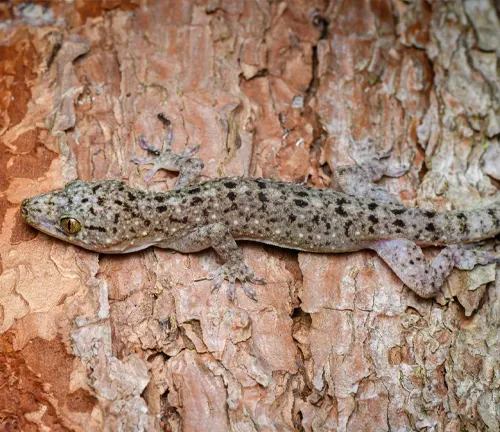
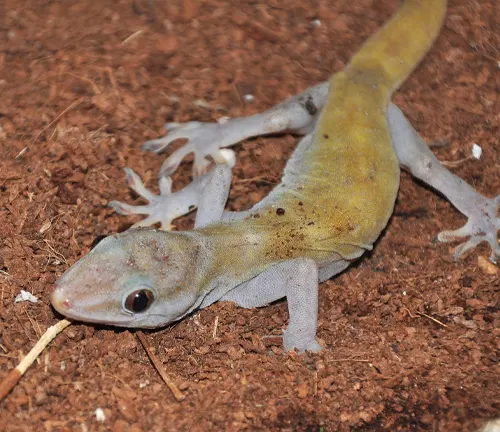
Golden Gecko
(Gekko badenii)
Native to Southeast Asia, the Golden Gecko is named for its striking golden-yellow coloration and is popular among reptile enthusiasts.
Tokay Gecko
(Gekko gecko)
The Tokay Gecko, as previously mentioned, is known for its vibrant coloration, distinctive vocalizations, and remarkable climbing abilities, primarily found in Southeast Asia.


Halmahera Giant Gecko
(Gekko vittatus)
Endemic to the Halmahera Islands of Indonesia, this species is notable for its large size and unique patterning.
Banded Gecko
(Gekko smithii)
Found in various parts of Southeast Asia, the Banded Gecko is characterized by its banded pattern and nocturnal habits.
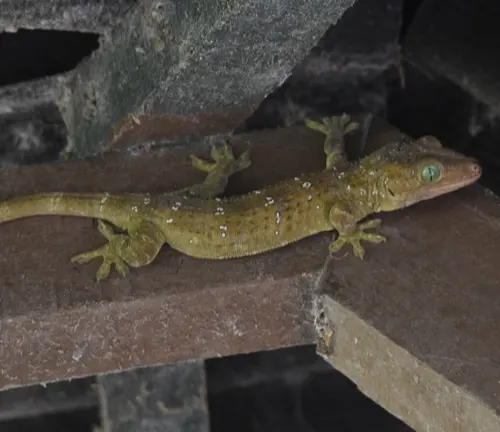
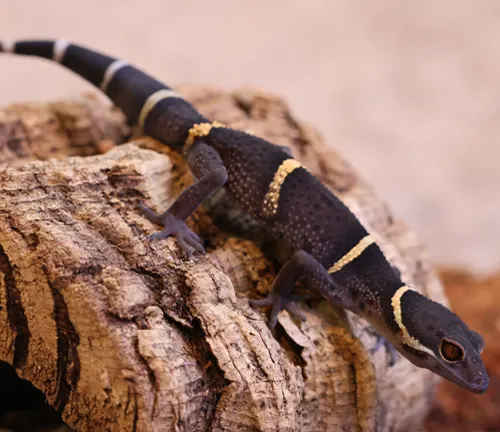
Chinese Gecko
(Gekko chinensis)
Distributed across East and Southeast Asia, the Chinese Gecko is often found in forested areas and agricultural land.
Mauritius Ornate Day Gecko
(Phelsuma ornata)
While not within the Gekko genus, this species is worth mentioning for its colorful appearance and similar habitat preferences.
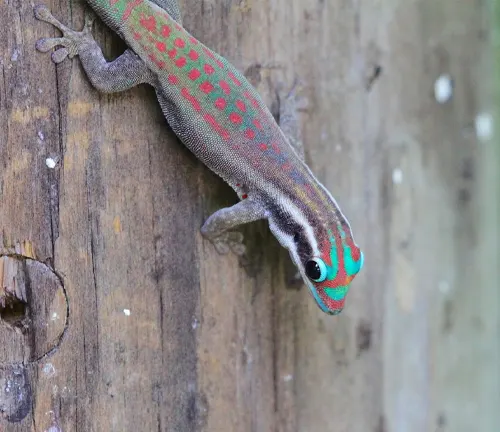
Frequently Asked Questions (FAQs)
- Can Tokay Geckos be housed together?
While Tokay Geckos can be housed together under certain conditions, they are territorial creatures and may exhibit aggression towards each other. It’s essential to provide ample space and hiding spots to minimize conflicts. - How often do Tokay Geckos shed their skin?
Tokay Geckos shed their skin approximately every 4 to 6 weeks, with juveniles shedding more frequently than adults. Proper humidity levels and a varied diet can help facilitate the shedding process. - Do Tokay Geckos require UVB lighting?
While UVB lighting is not strictly necessary for Tokay Geckos, exposure to natural sunlight or UVB bulbs can benefit their overall health and wellbeing. UVB helps in the synthesis of vitamin D3, essential for calcium metabolism. - Are Tokay Geckos vocal?
Yes, Tokay Geckos are known for their loud and distinctive vocalizations, often characterized by a series of “tokay” calls. They use vocalizations to communicate with other geckos, establish territory, and attract mates. - How do you handle a Tokay Gecko?
Handling Tokay Geckos should be done with caution and minimal disturbance to avoid stress or injury to the gecko. It’s best to allow them to acclimate to their environment and only handle them when necessary. - Do Tokay Geckos require a heat source?
Yes, Tokay Geckos require supplemental heat sources, such as heat lamps or heat pads, to maintain proper temperature gradients within their enclosure. Basking spots should be provided to allow them to regulate their body temperature. - Can Tokay Geckos be housed with other reptiles?
Tokay Geckos are best housed alone or with conspecifics (other Tokay Geckos) due to their territorial nature. Housing them with other reptile species may lead to aggression or competition for resources. - How can you tell the gender of a Tokay Gecko?
Determining the gender of a Tokay Gecko can be challenging, especially in juveniles. However, adult males typically have larger heads, wider necks, and more prominent preanal pores than females. - Do Tokay Geckos require special supplements in their diet?
Tokay Geckos benefit from calcium and vitamin supplements added to their diet to prevent nutritional deficiencies and metabolic bone disease. Dusting feeder insects with calcium powder is a common method of supplementation. - Are there any specific humidity requirements for Tokay Geckos?
Tokay Geckos require moderate to high humidity levels, ranging from 60% to 80%, to maintain healthy skin and respiratory function. Providing a humid hide and misting the enclosure regularly can help achieve the proper humidity levels.


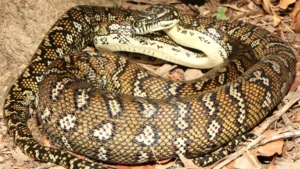
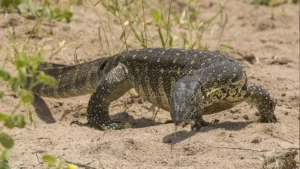

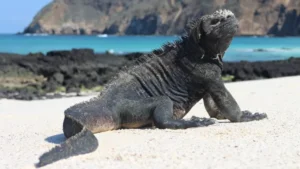
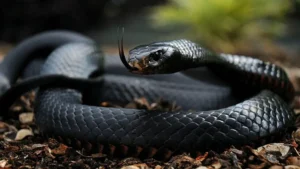





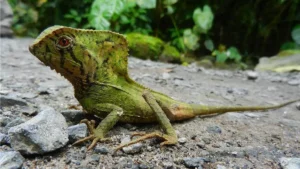
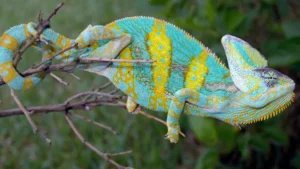
Leave your comment